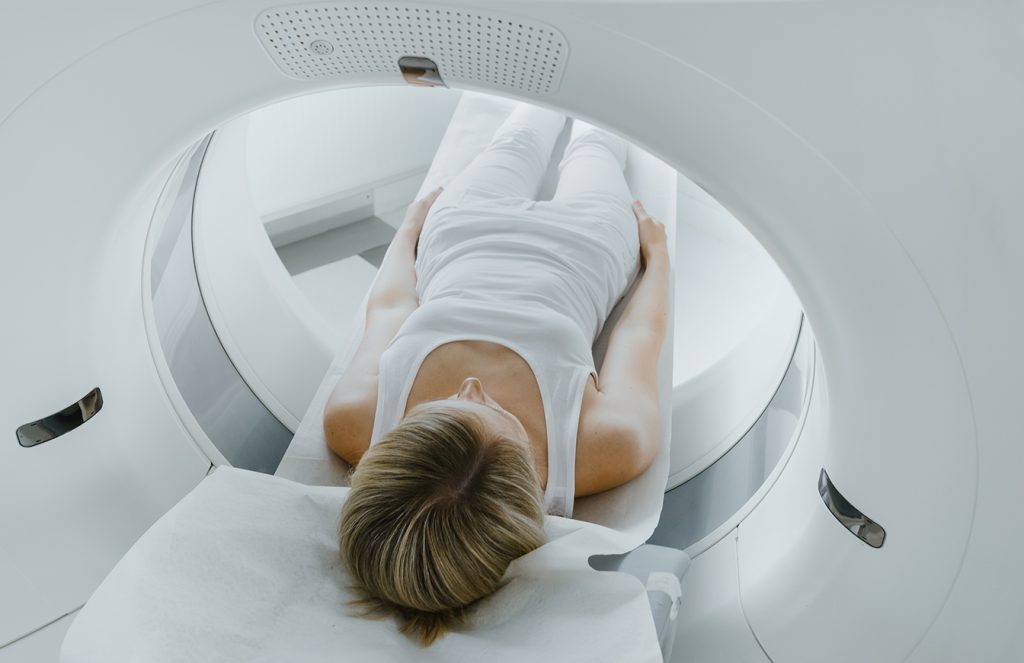
High MRI FAQ
Philips Achieva 1.5T High Field MRI
The Philips Achieva 1.5T High-Field MRI is an advanced imaging technology that provides exceptional clarity and detail for diagnosing a wide range of medical conditions. This system allows clear visibility of soft tissues, organs, and structures, making it an invaluable tool for identifying abnormalities, monitoring diseases, and planning treatment strategies.
Designed with comfort in mind, the 1.5T High-Field MRI provides detailed imagery to help physicians with early detection and diagnosis – leading to better outcomes and more personalized care.
Fuji Velocity 1.2T
High Field Open MRI
The Fuji Velocity 1.2T High-Field Open MRI combines advanced imaging technology with the accessibility of an open MRI system. The design of the MRI machine features a more open configuration compared to traditional closed MRI systems, which helps reduce feelings of claustrophobia and provides a more comfortable experience for patients. This is particularly beneficial for individuals who may have difficulty tolerating the confined space of a conventional MRI machine.
The combination of strength and an open design ensures that patients receive comprehensive diagnostic information while experiencing less discomfort and anxiety during the procedure.

Open MRI FAQ

MR Arthrogram FAQ
MR Arthrogram
An MR Arthrogram is a specialized diagnostic imaging technique to visualize the internal structures of a joint, like cartilage, ligaments, tendons, and bone. It involves the injection of a medical-grade dye directly into the joint space. This contrast agent allows for a more detailed and clearer view of the joint’s anatomy to see any irregularities, tears, impingements, or degenerative changes.
This advanced imaging tool is valuable for diagnosing complex joint issues that are not easily seen with standard imaging techniques. By integrating MR Arthrograms into the diagnostic toolkit, we can plan and guide treatment, ultimately leading to more effective and individualized patient care.
